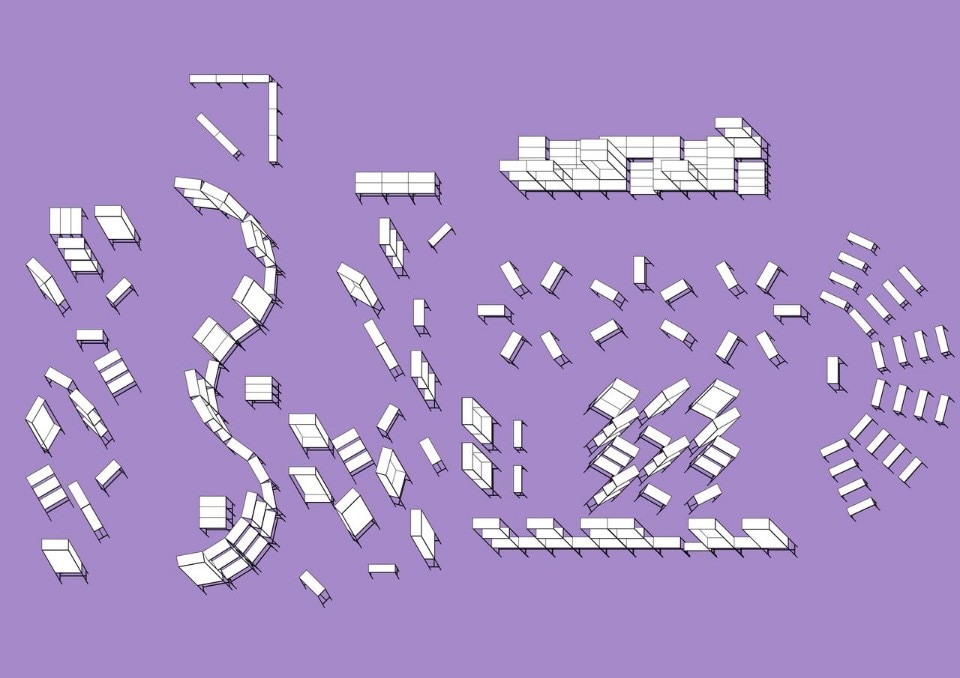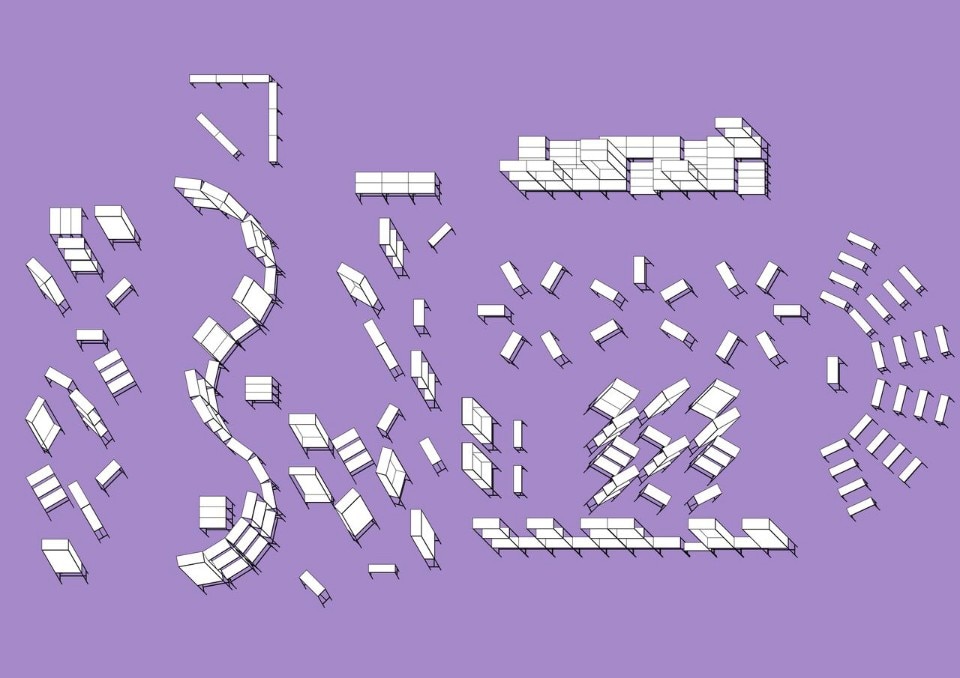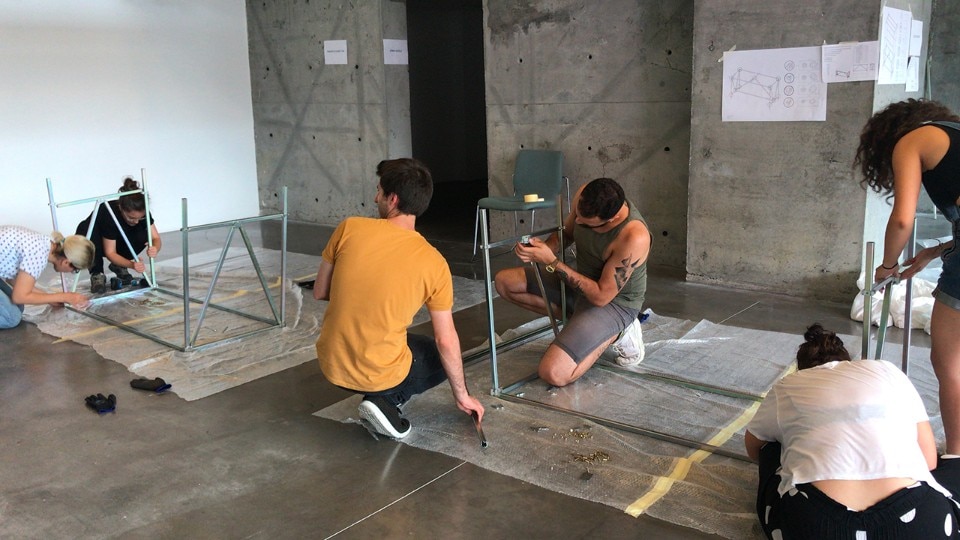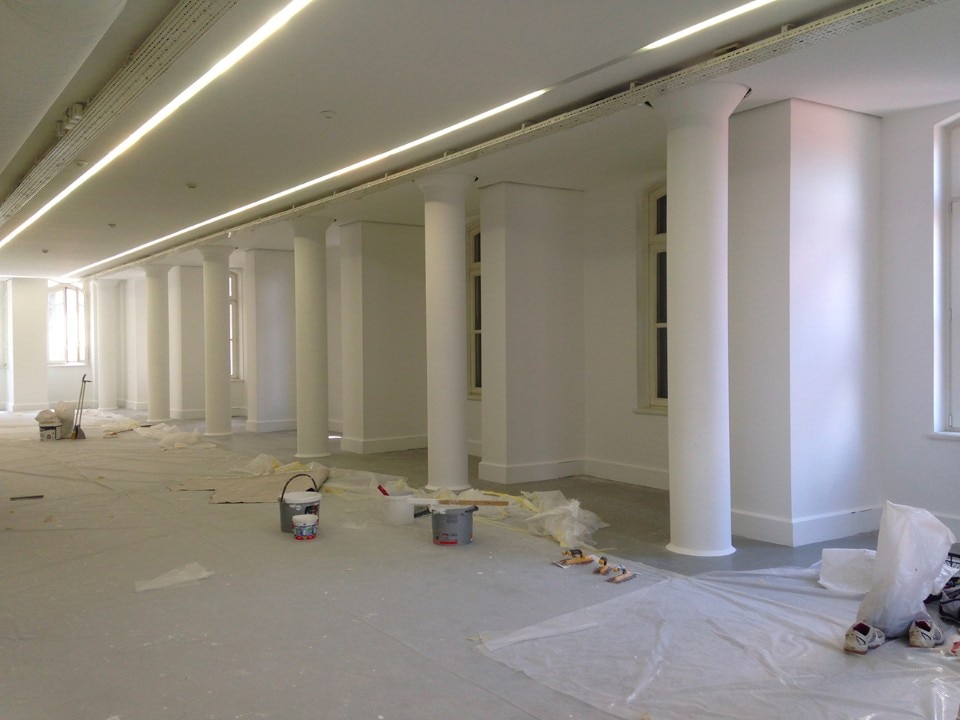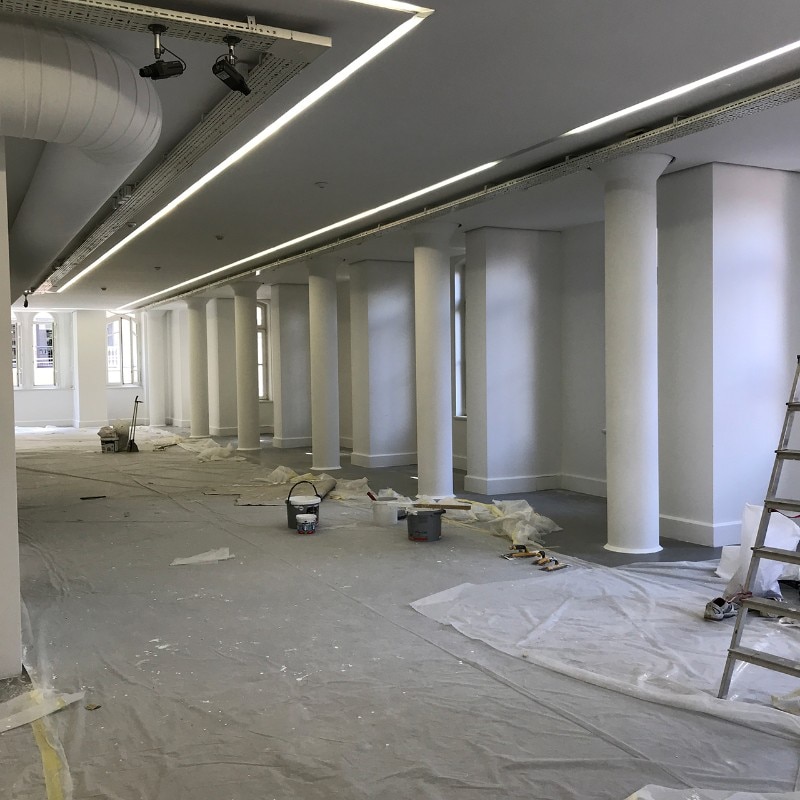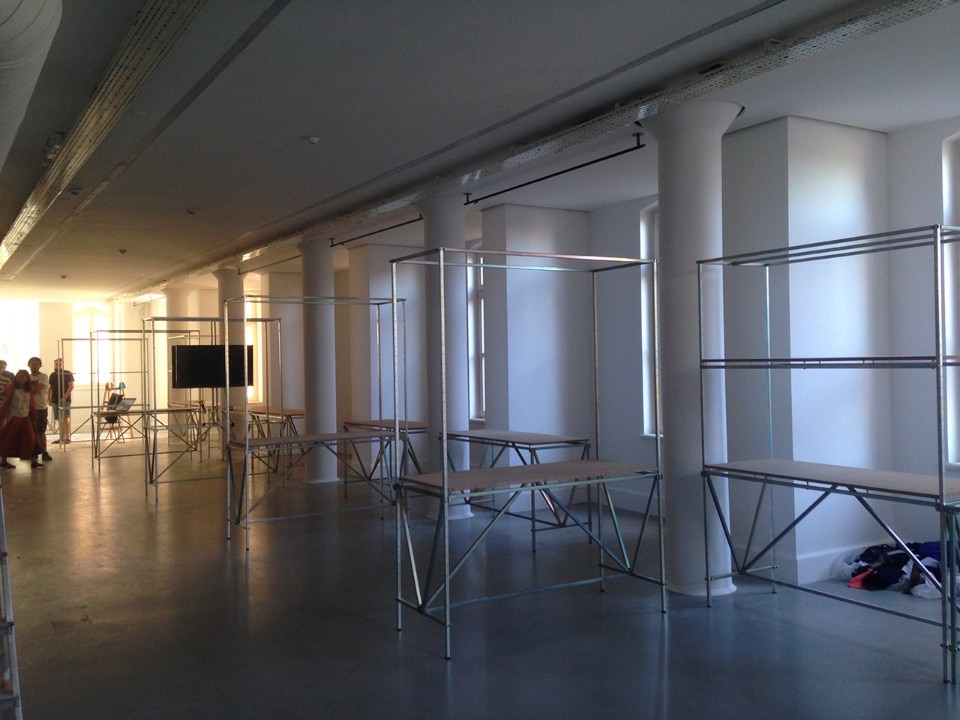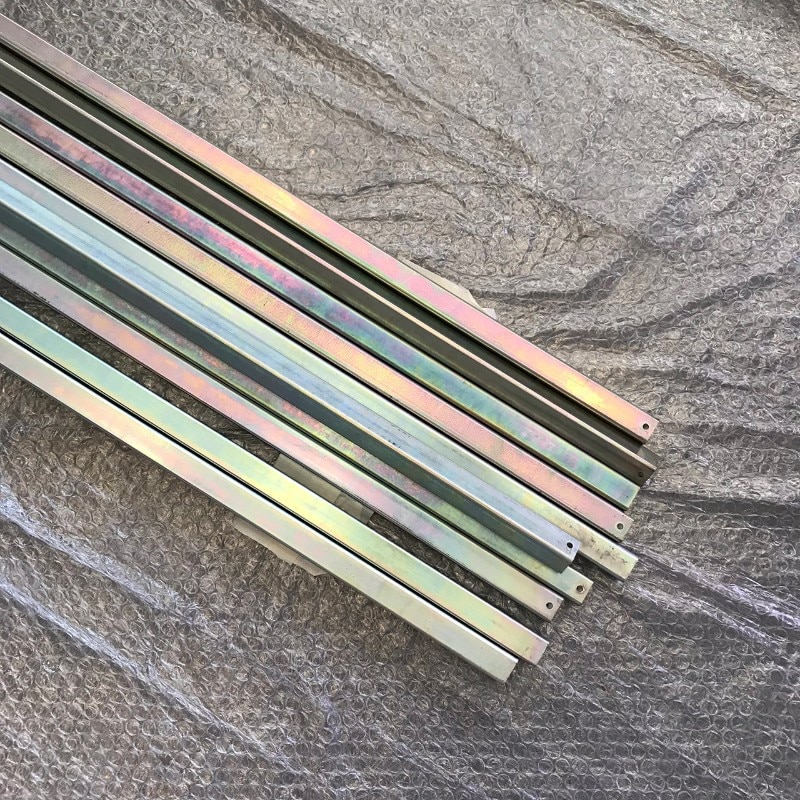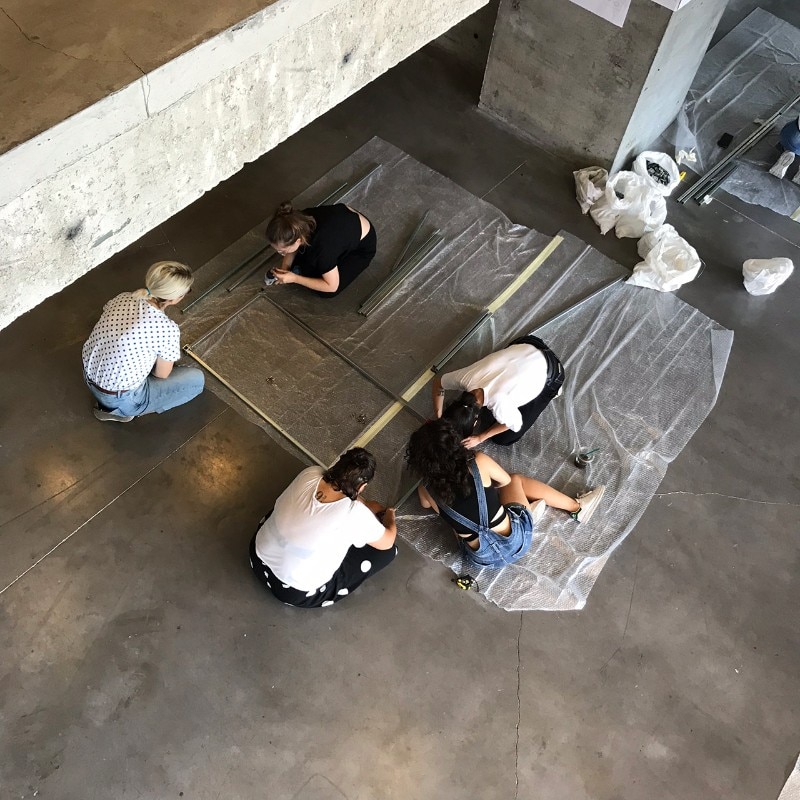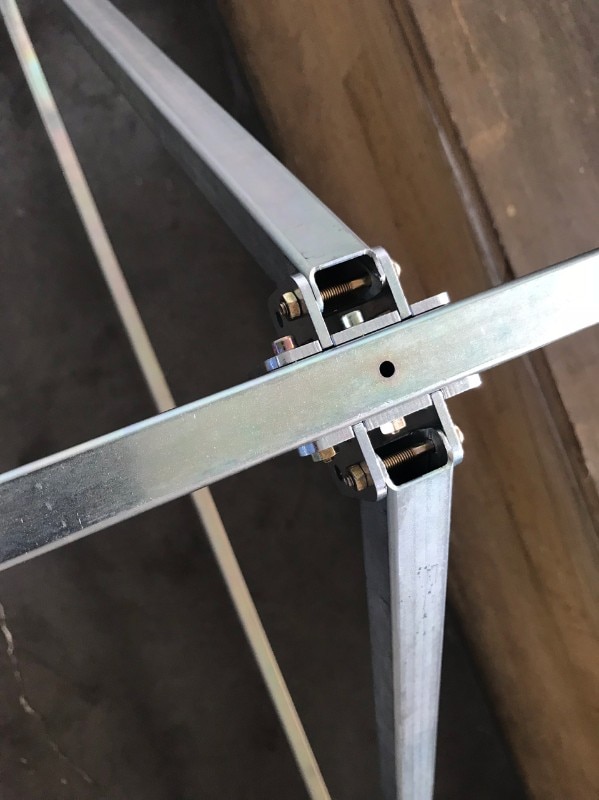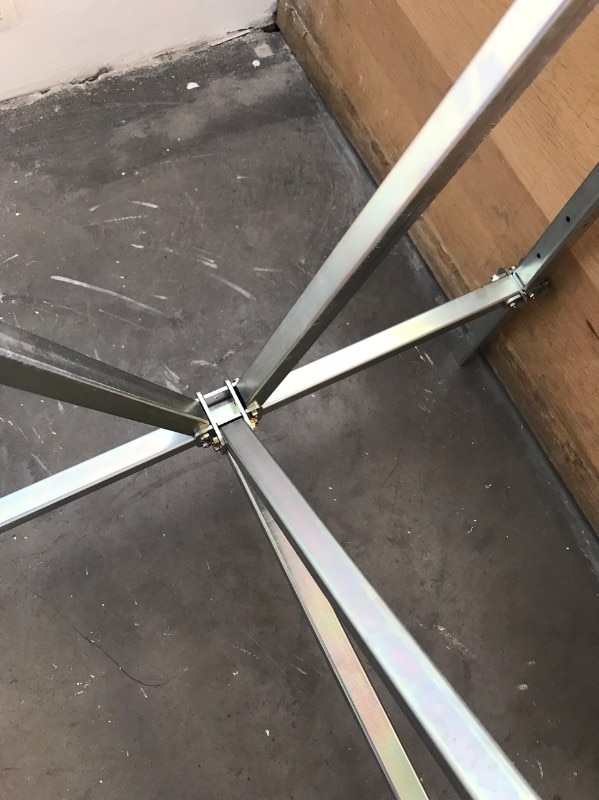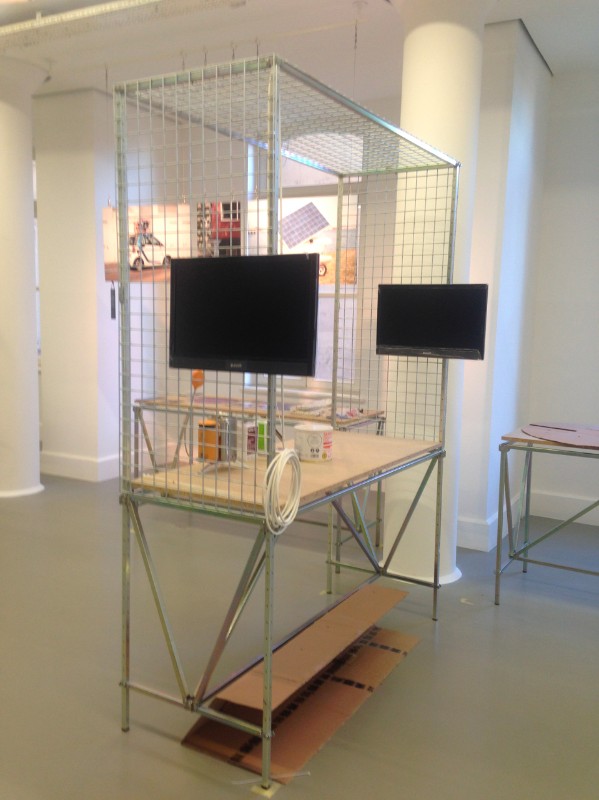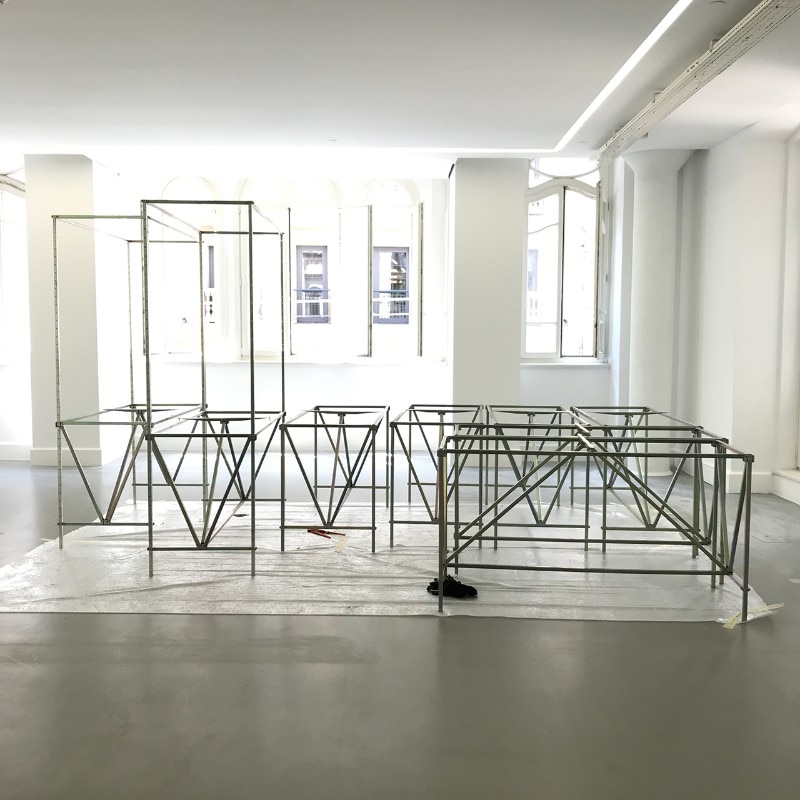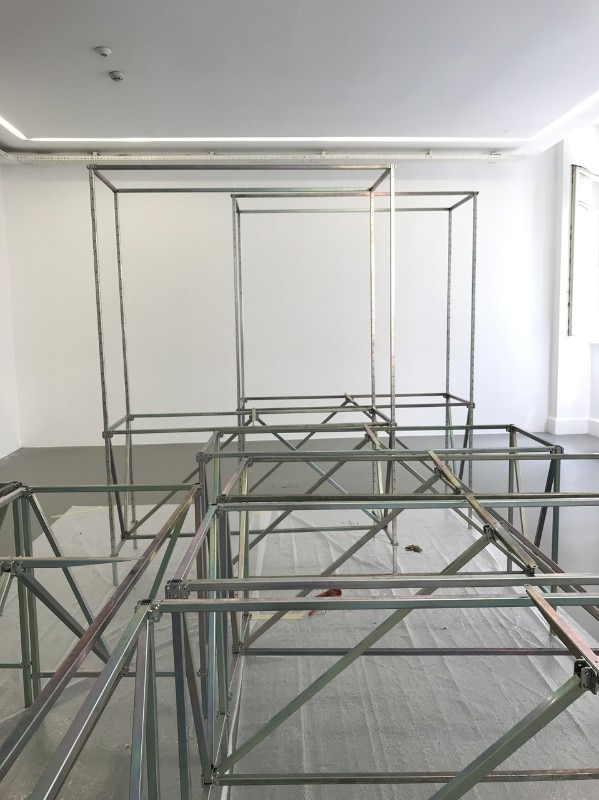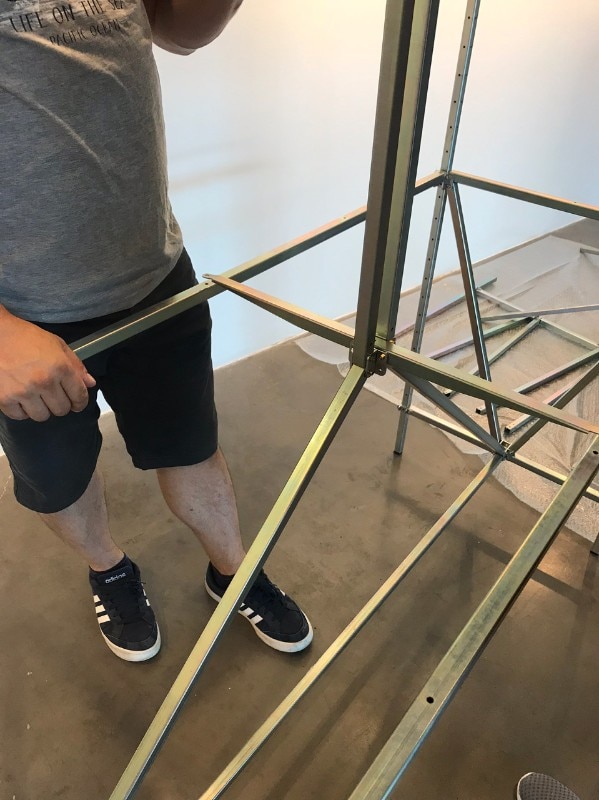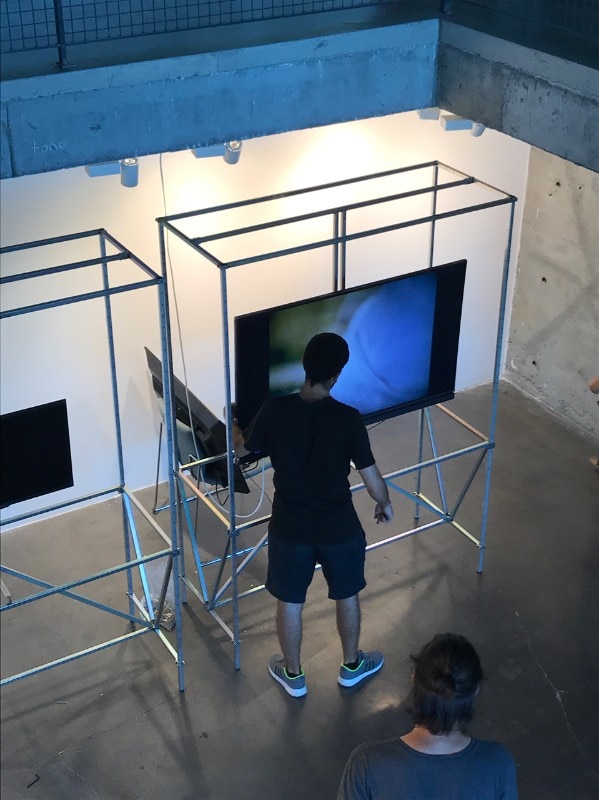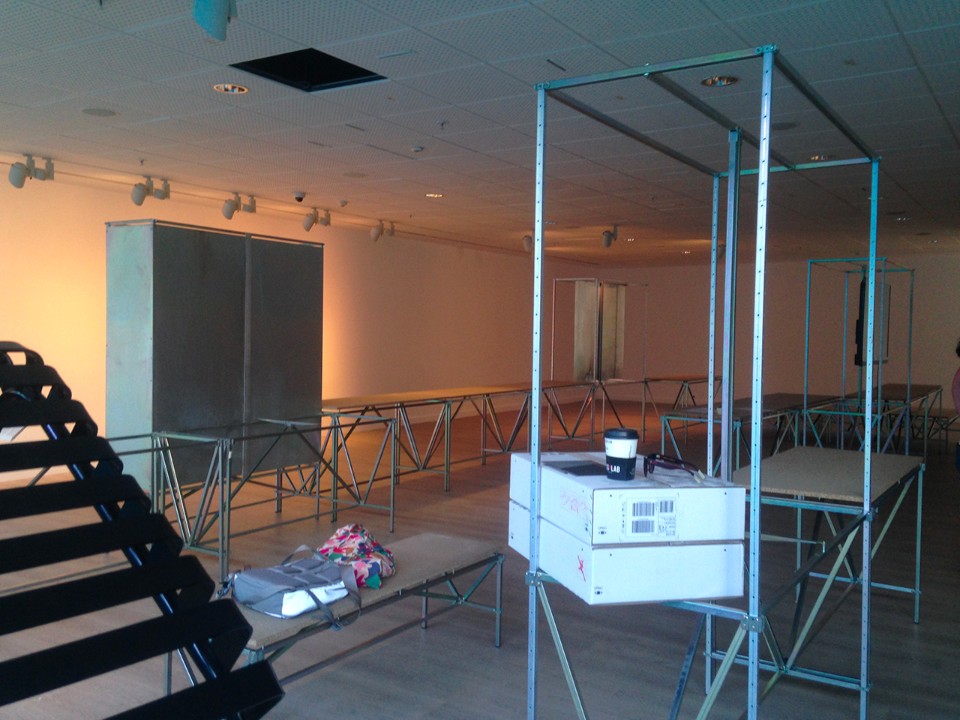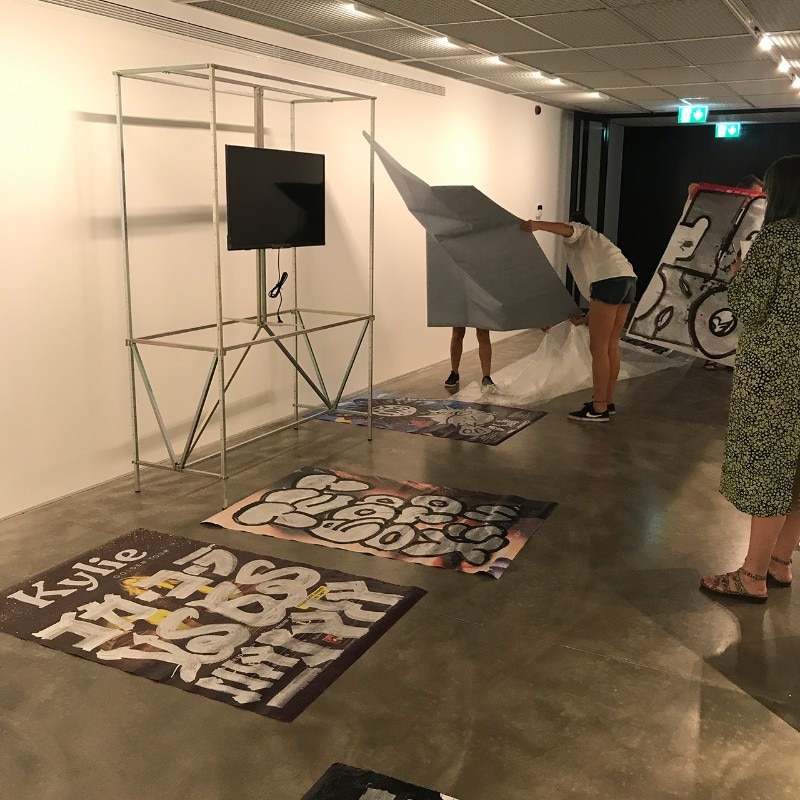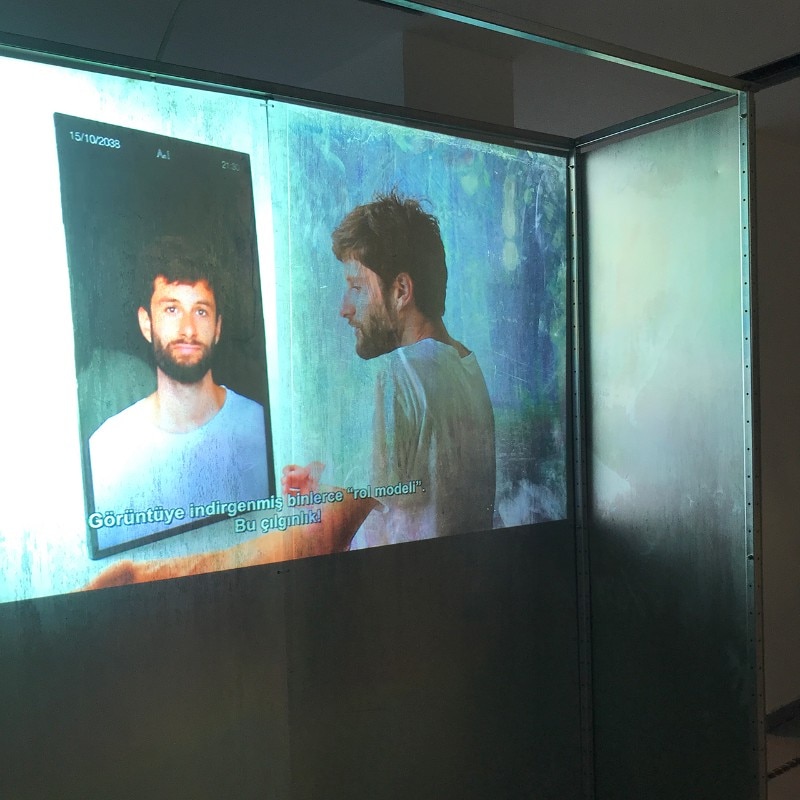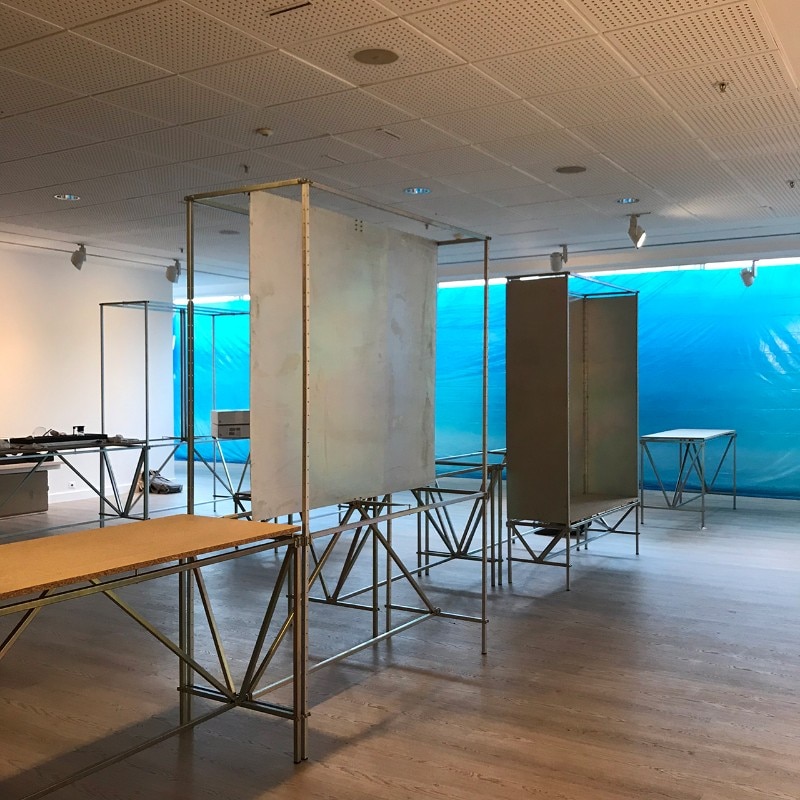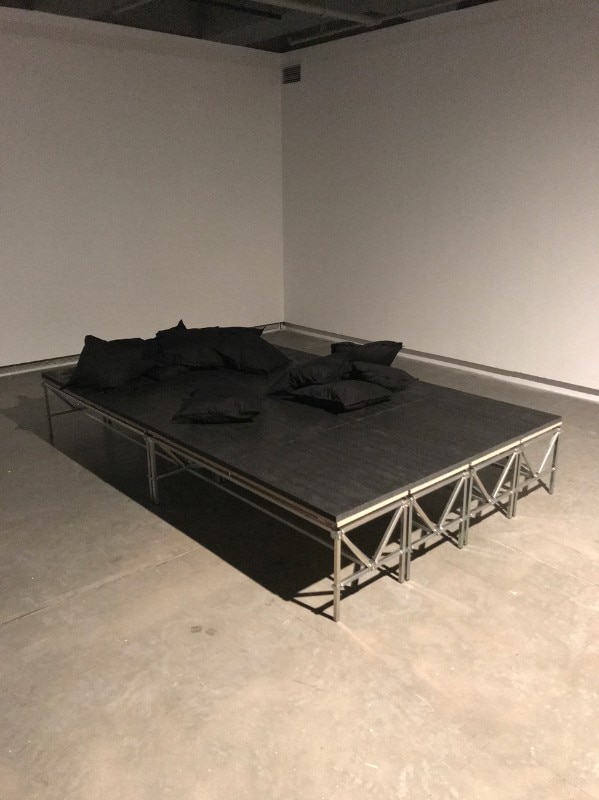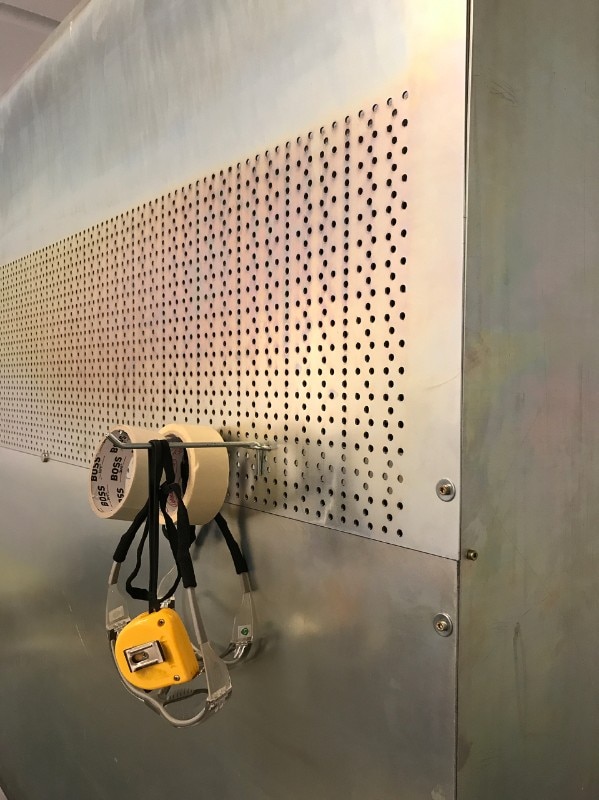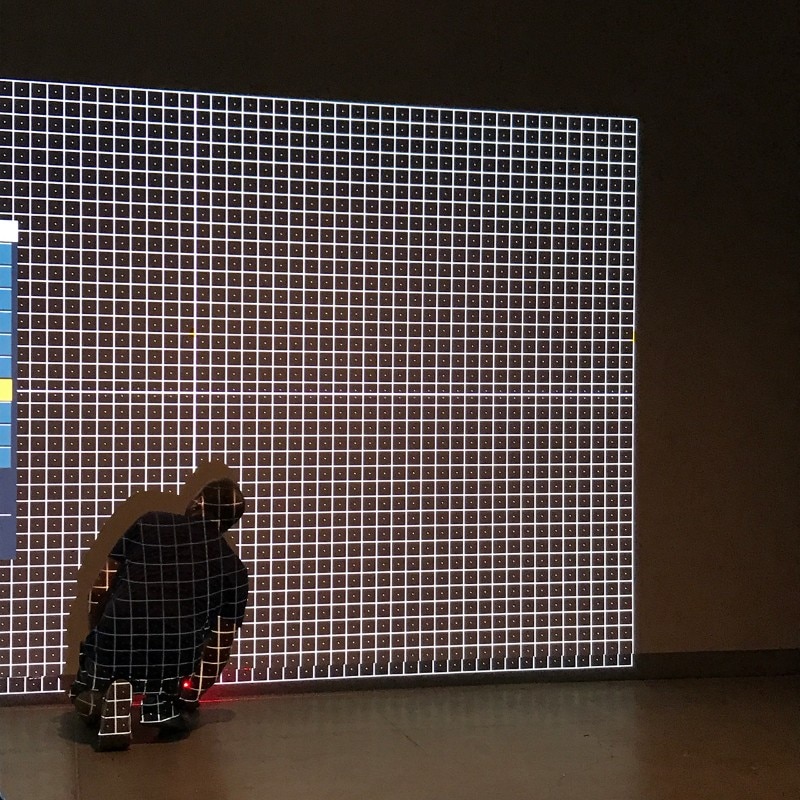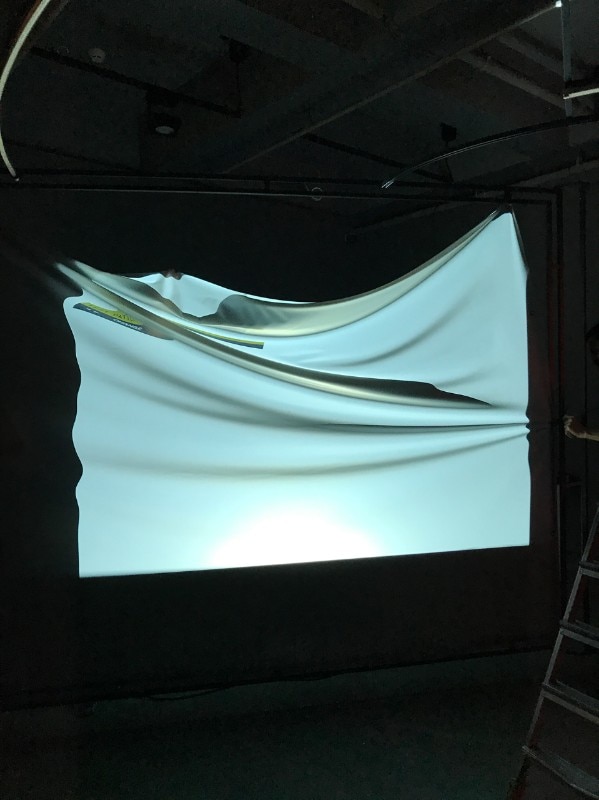The exhibition furniture and scenography for the 4th Istanbul Design Biennial – “A School of Schools” – is a collaboration between architect Asli Çiçek and product designer Lukas Wegwerth. Using Wegwerth’s open-source system III+1 and Cicek’s vast experience in exhibition design, the scenography of the Biennial will extend over six very different venues, bringing them together as they play host to the biennial’s main exhibition. During the early stages of the costruction, Vera Sacchetti and Can Koçak talked to Çiçek and Wegwerth to know more about their work and the evolution of their collaboration.
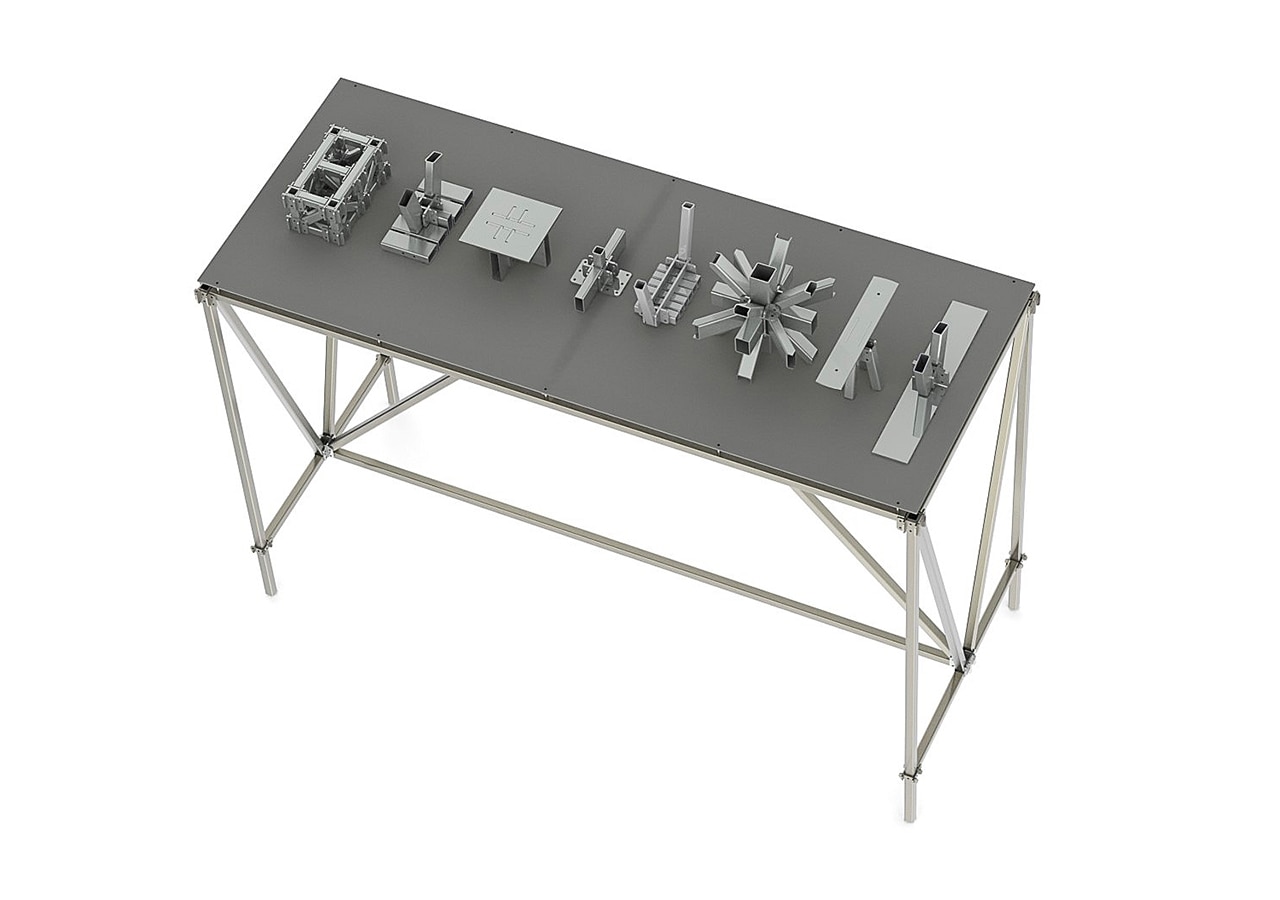
 View gallery
View gallery
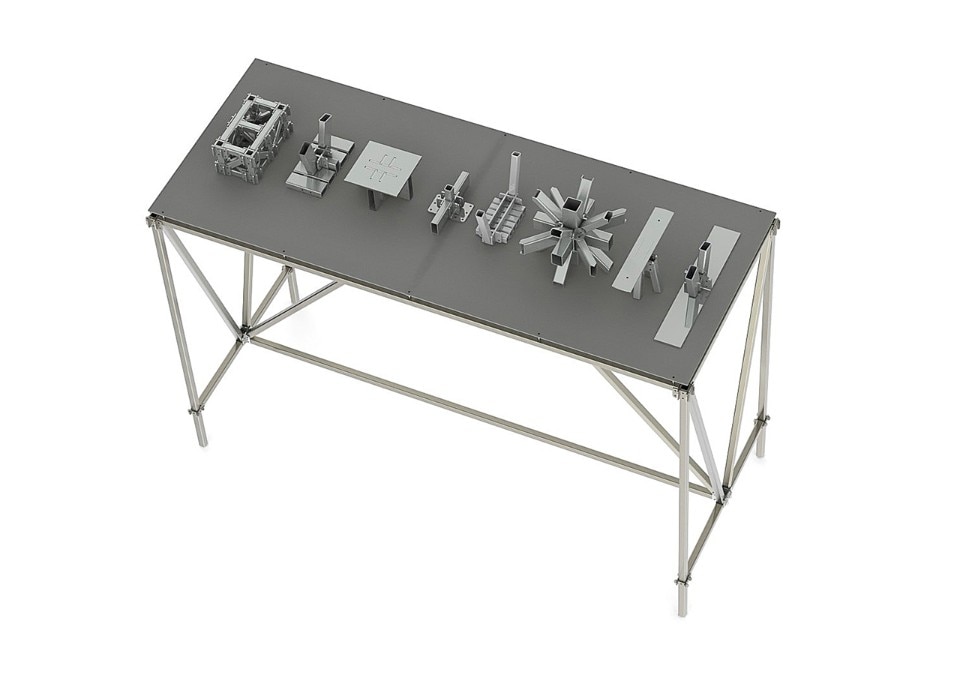
Aslı Çiçek and Lukas Wegwerth, 4th Istanbul Design Biennial exhibition design
Technical drawings and renderings
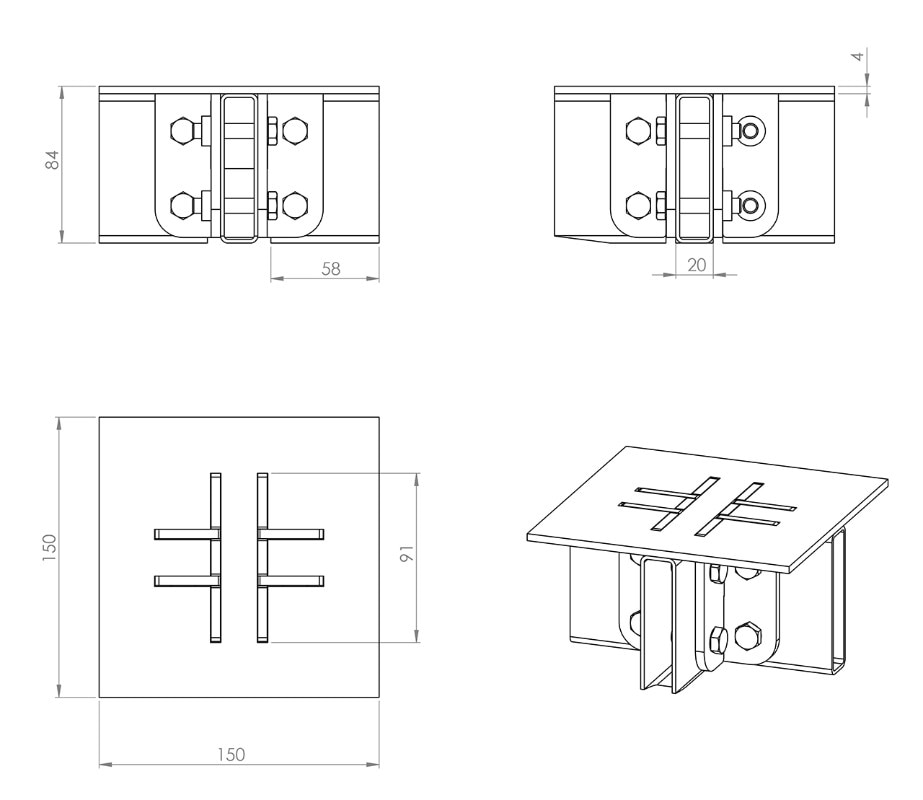
Aslı Çiçek and Lukas Wegwerth, 4th Istanbul Design Biennial exhibition design
Technical drawings and renderings
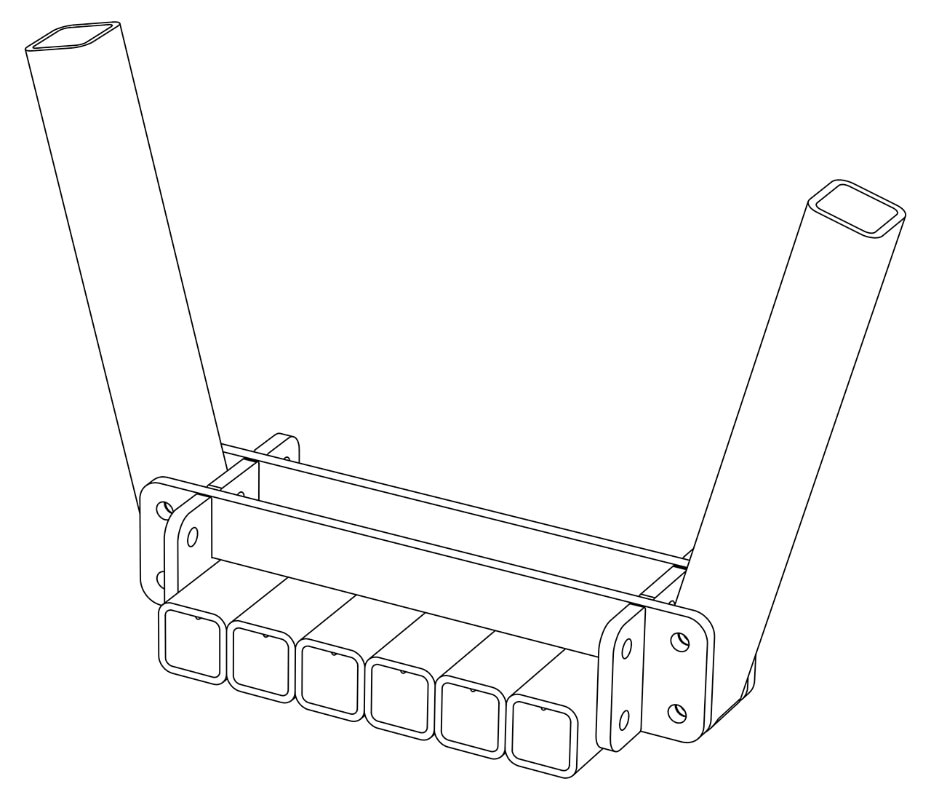
Aslı Çiçek and Lukas Wegwerth, 4th Istanbul Design Biennial exhibition design
Technical drawings and renderings
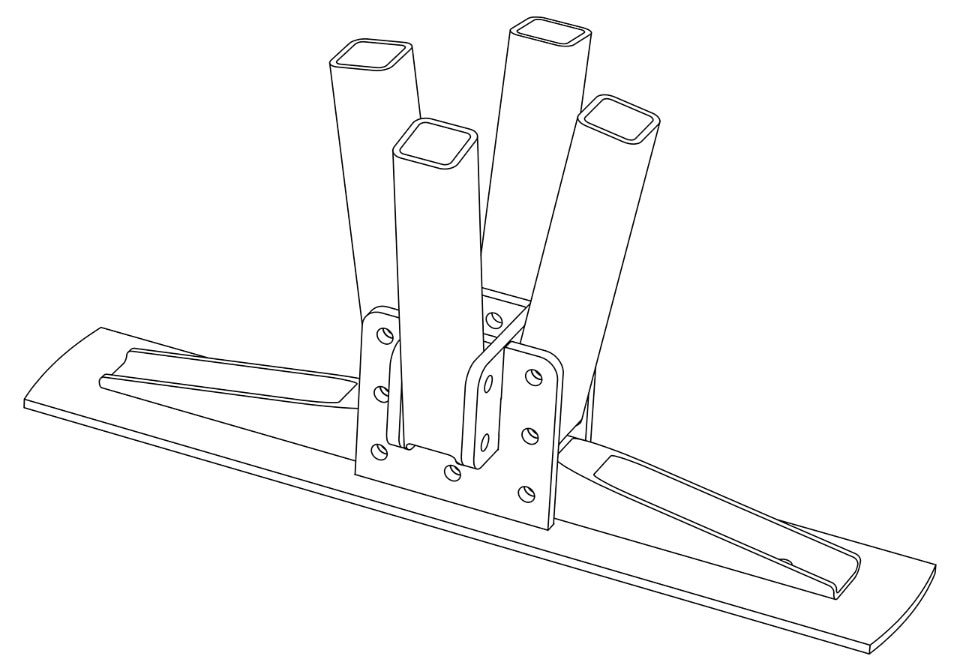
Aslı Çiçek and Lukas Wegwerth, 4th Istanbul Design Biennial exhibition design
Technical drawings and renderings
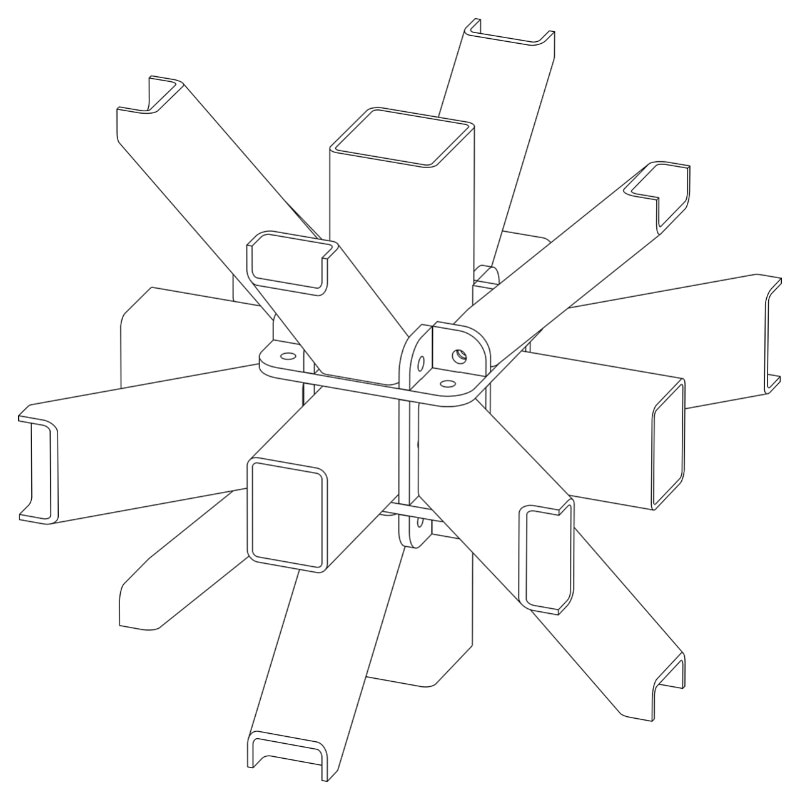
Aslı Çiçek and Lukas Wegwerth, 4th Istanbul Design Biennial exhibition design
Technical drawings and renderings
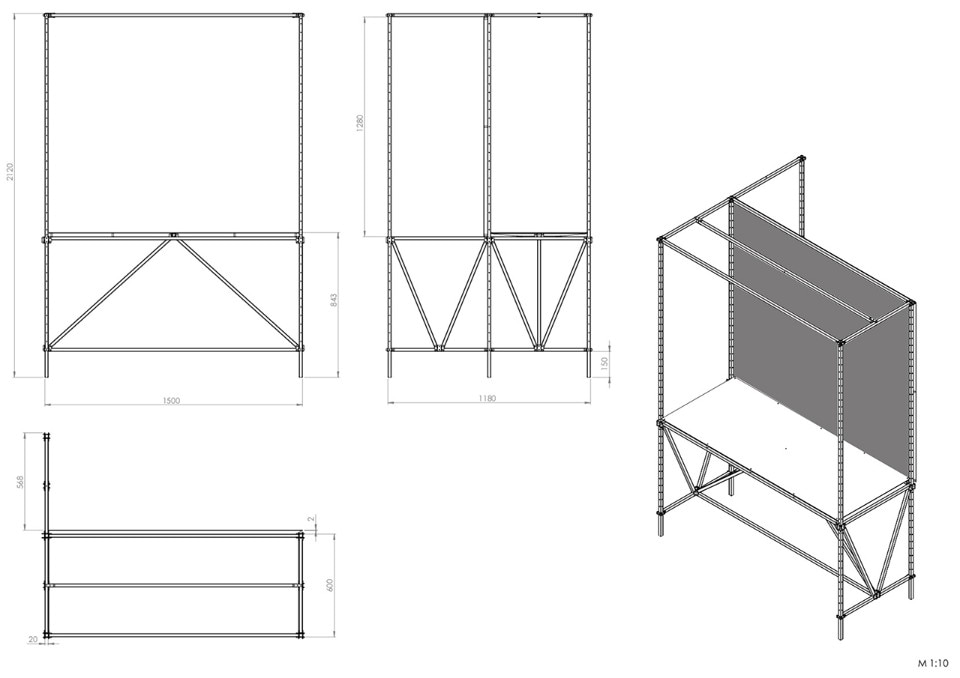
Aslı Çiçek and Lukas Wegwerth, 4th Istanbul Design Biennial exhibition design
Technical drawings and renderings
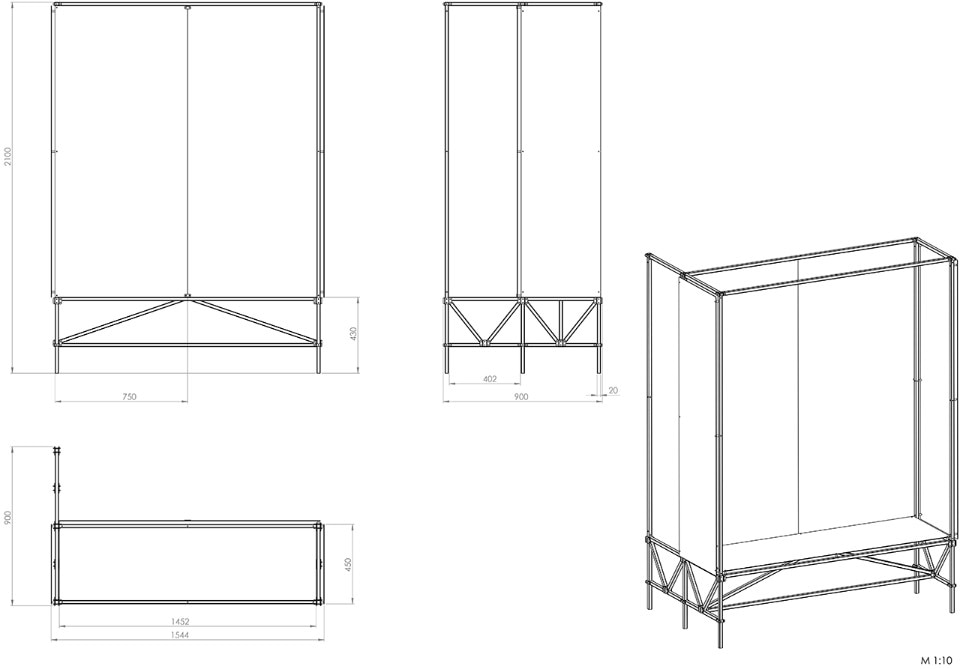
Aslı Çiçek and Lukas Wegwerth, 4th Istanbul Design Biennial exhibition design
Technical drawings and renderings
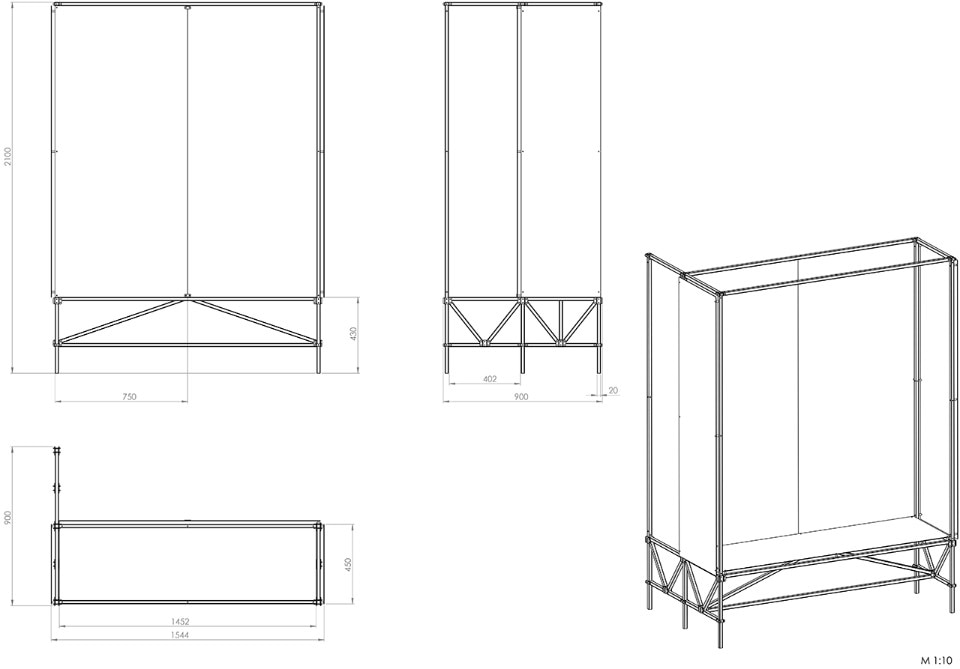
Aslı Çiçek and Lukas Wegwerth, 4th Istanbul Design Biennial exhibition design
Technical drawings and renderings
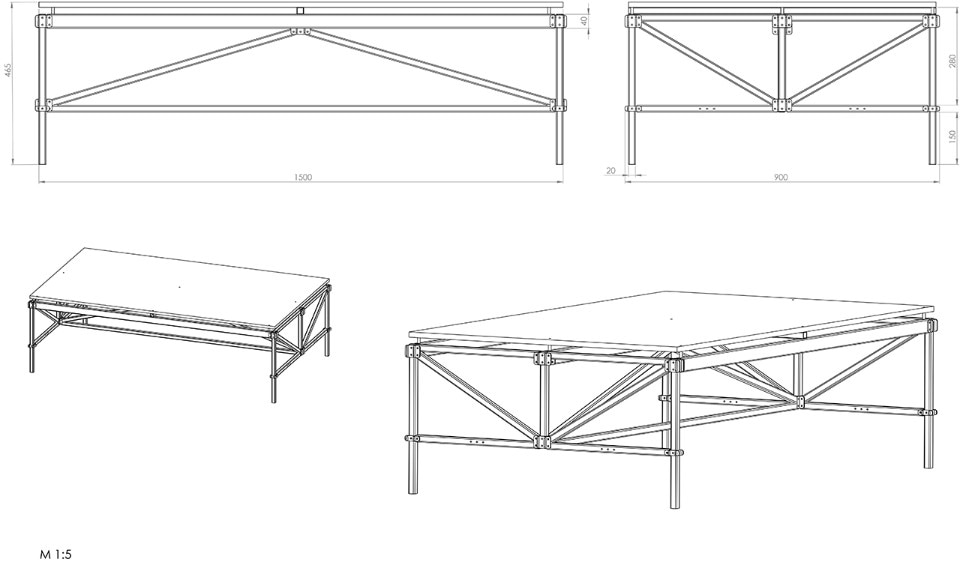
Aslı Çiçek and Lukas Wegwerth, 4th Istanbul Design Biennial exhibition design
Technical drawings and renderings
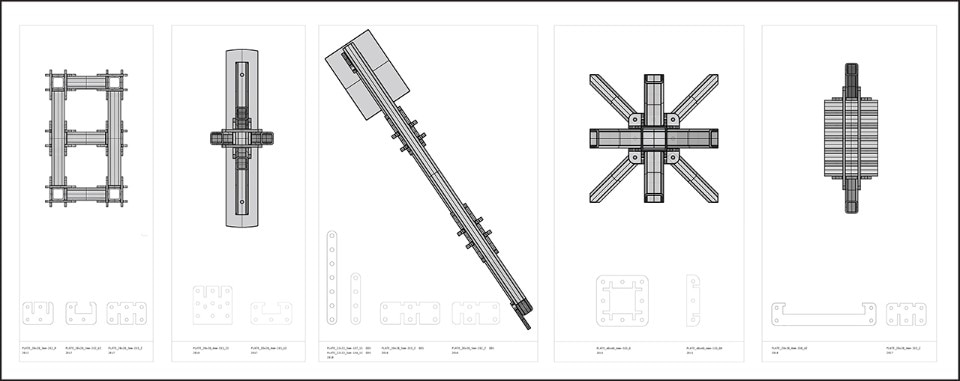
Aslı Çiçek and Lukas Wegwerth, 4th Istanbul Design Biennial exhibition design
Technical drawings and renderings
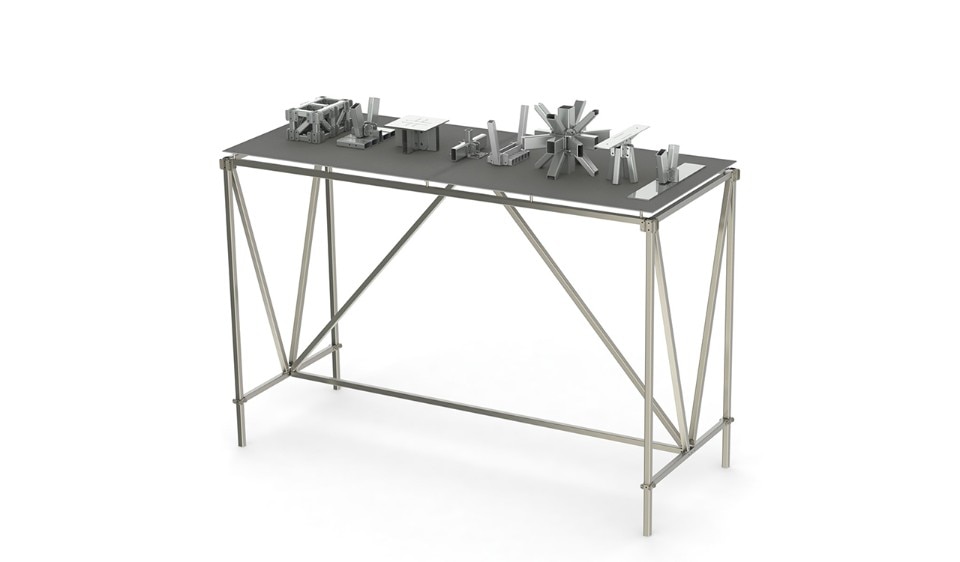
Aslı Çiçek and Lukas Wegwerth, 4th Istanbul Design Biennial exhibition design
Technical drawings and renderings
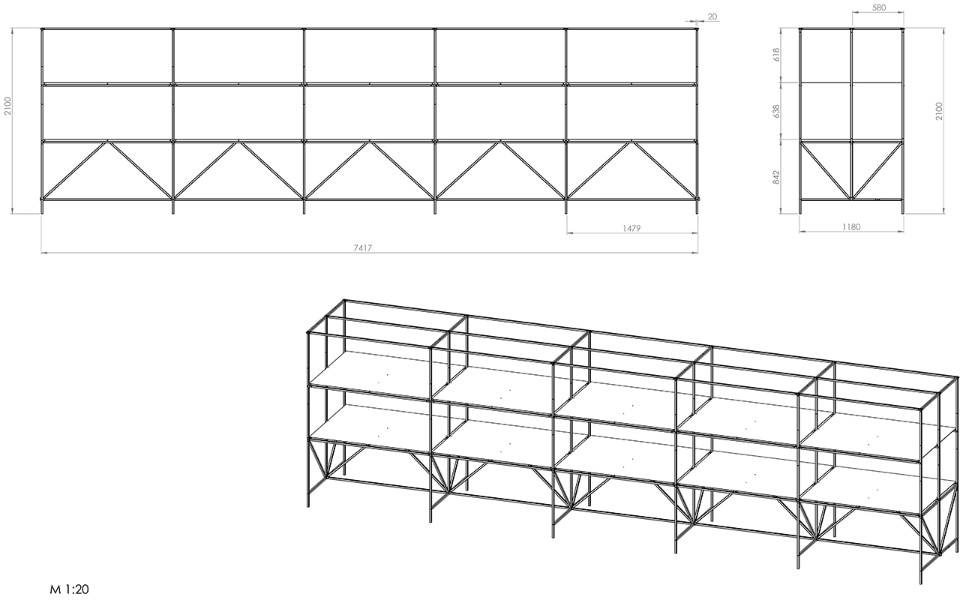
Aslı Çiçek and Lukas Wegwerth, 4th Istanbul Design Biennial exhibition design
Technical drawings and renderings
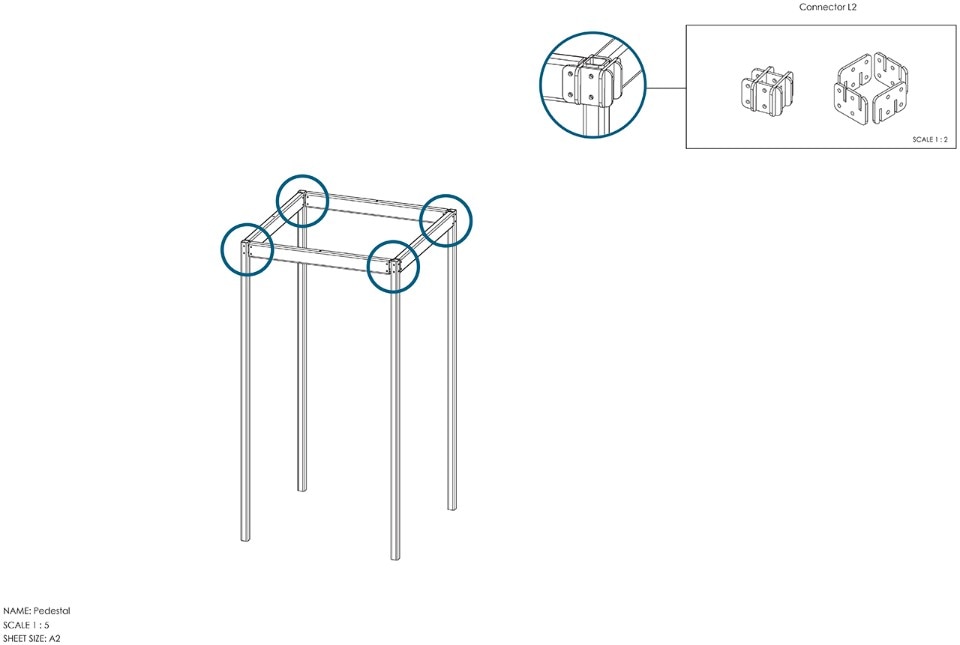
Aslı Çiçek and Lukas Wegwerth, 4th Istanbul Design Biennial exhibition design
Technical drawings and renderings
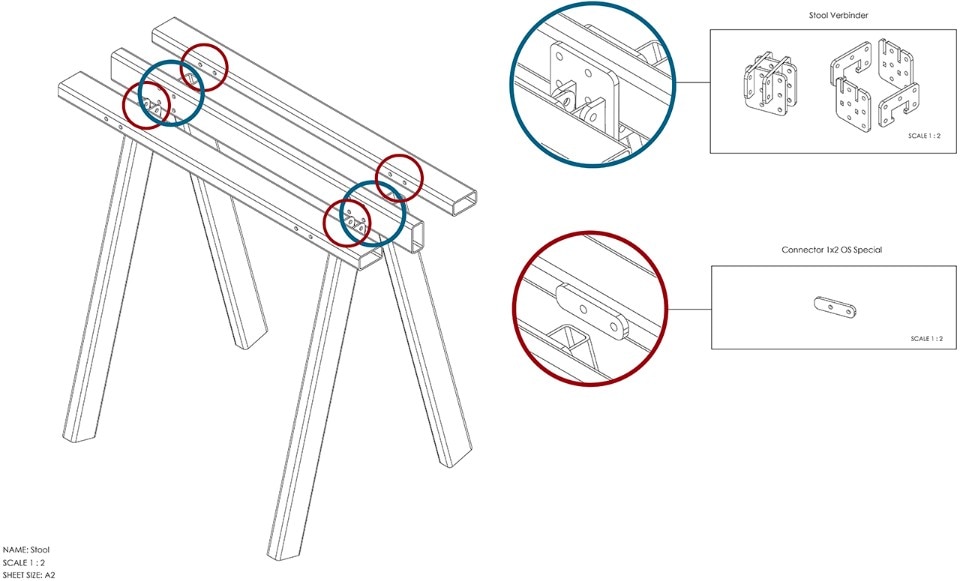
Aslı Çiçek and Lukas Wegwerth, 4th Istanbul Design Biennial exhibition design
Technical drawings and renderings
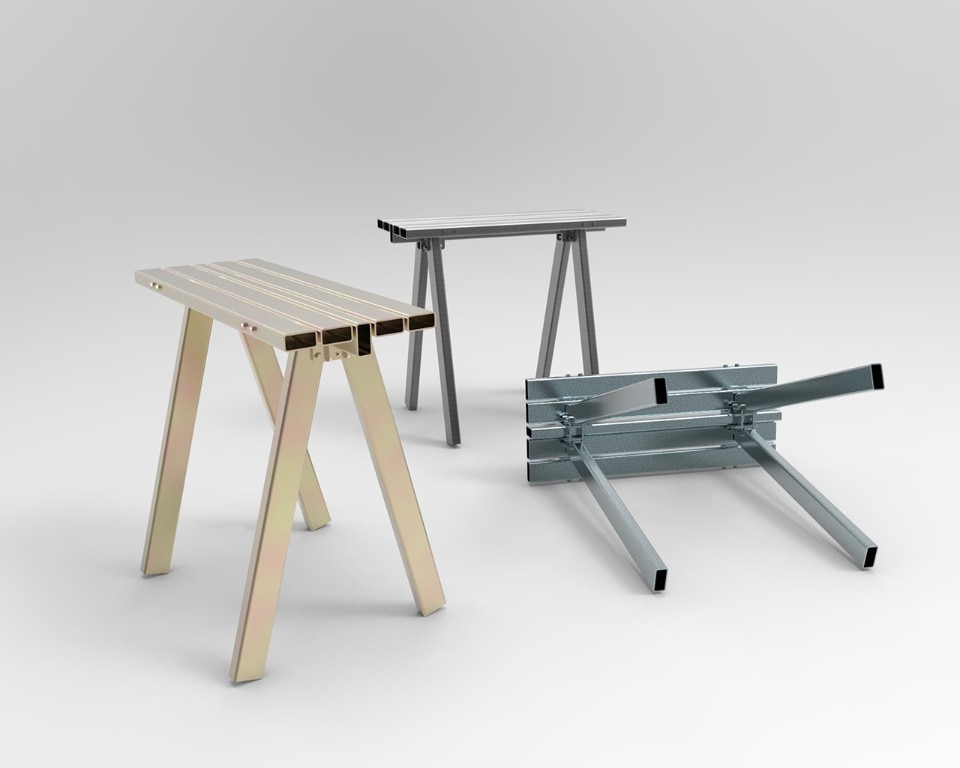
Aslı Çiçek and Lukas Wegwerth, 4th Istanbul Design Biennial exhibition design
Technical drawings and renderings
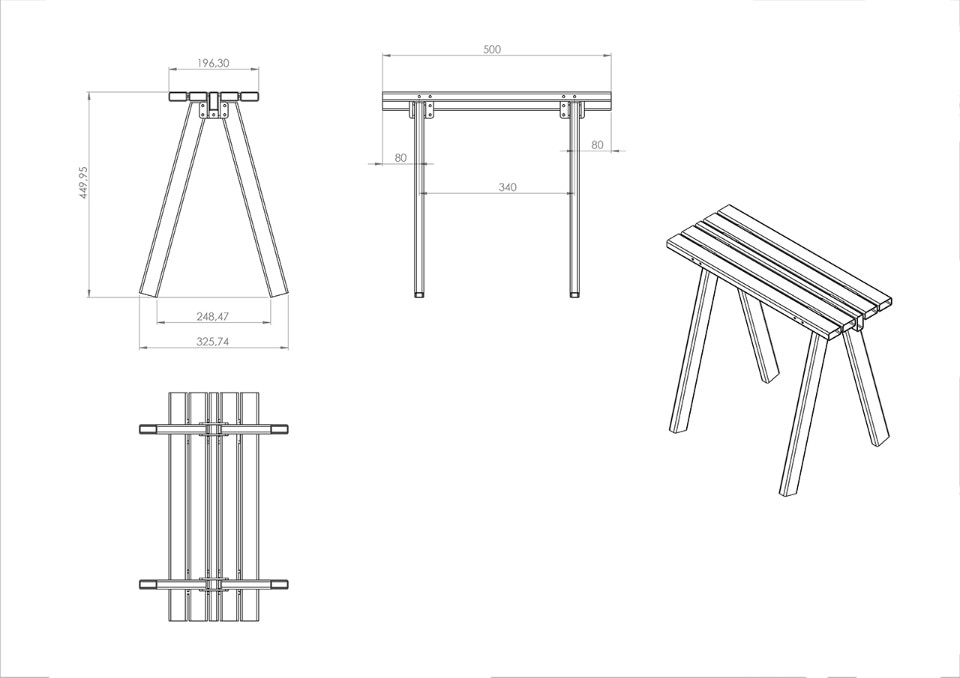
Aslı Çiçek and Lukas Wegwerth, 4th Istanbul Design Biennial exhibition design
Technical drawings and renderings
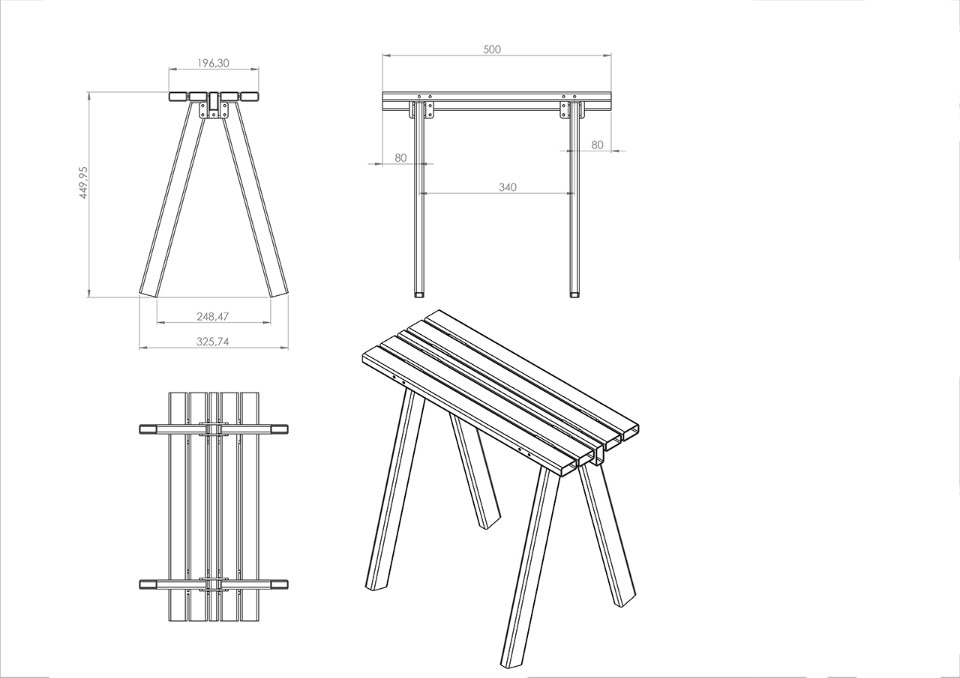
Aslı Çiçek and Lukas Wegwerth, 4th Istanbul Design Biennial exhibition design
Technical drawings and renderings
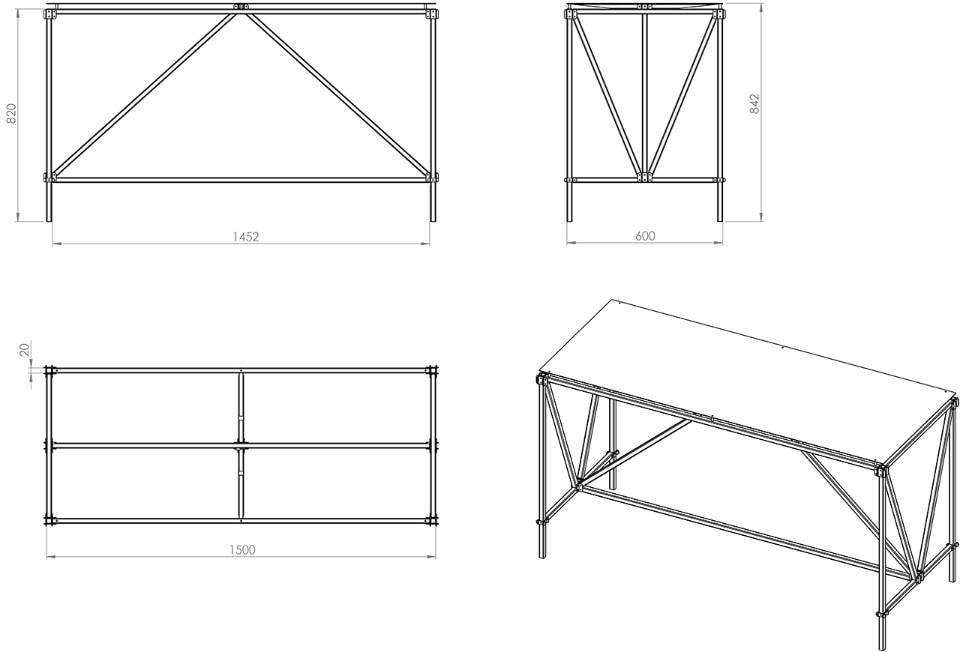
Aslı Çiçek and Lukas Wegwerth, 4th Istanbul Design Biennial exhibition design
Technical drawings and renderings
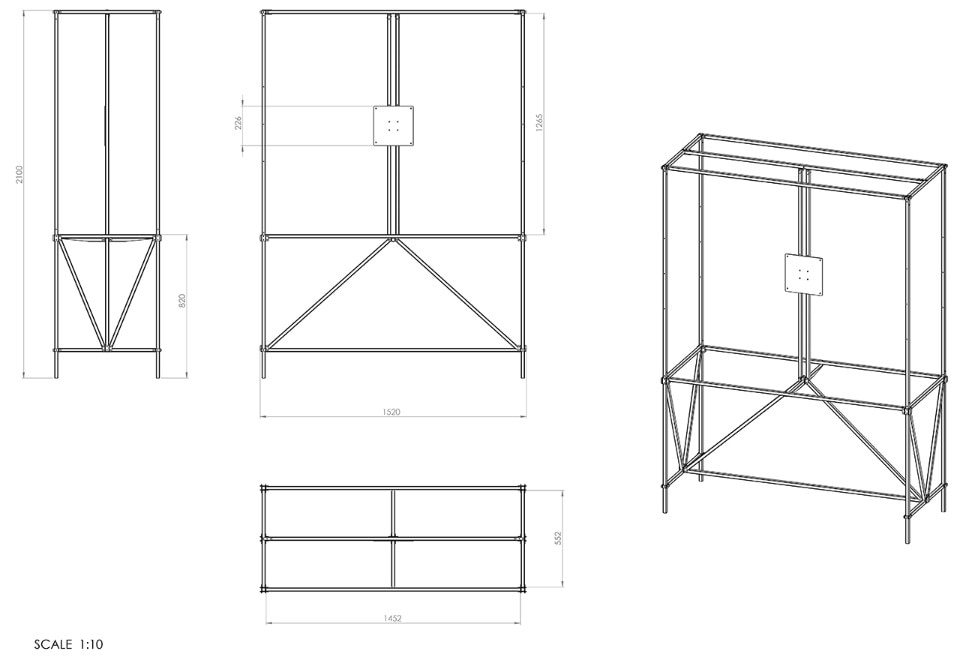
Aslı Çiçek and Lukas Wegwerth, 4th Istanbul Design Biennial exhibition design
Technical drawings and renderings
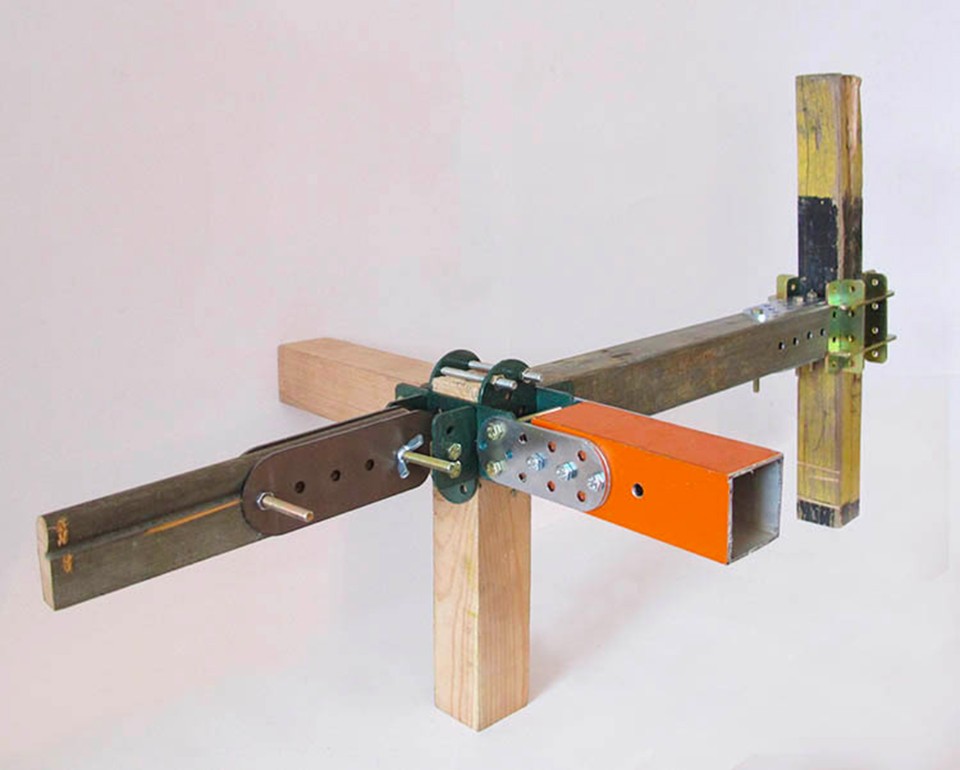
Aslı Çiçek and Lukas Wegwerth, 4th Istanbul Design Biennial exhibition design
Technical drawings and renderings
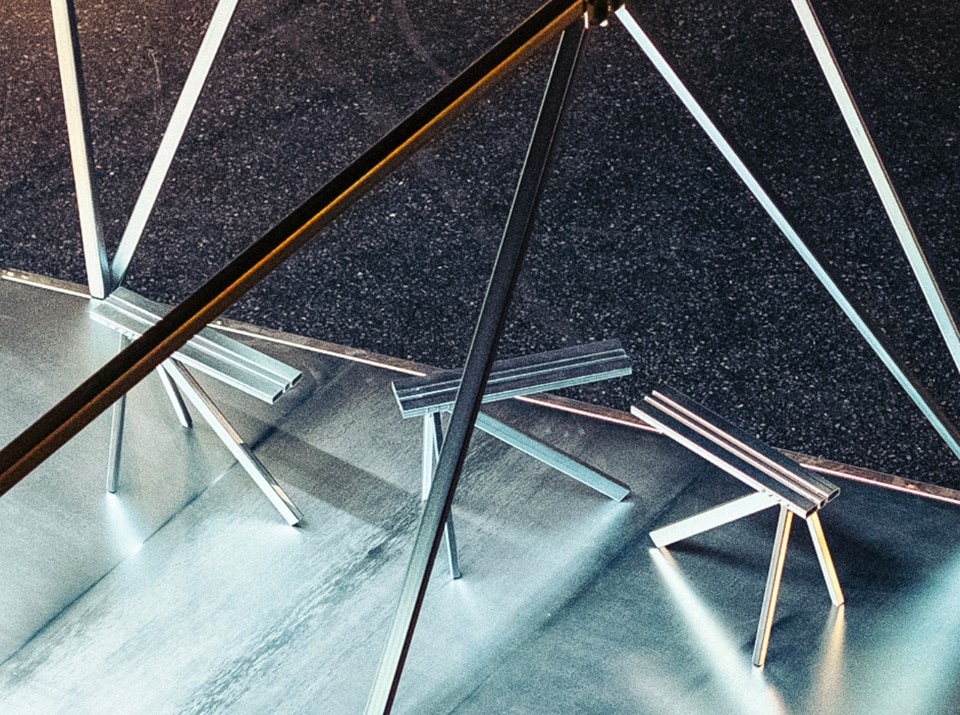
Aslı Çiçek and Lukas Wegwerth, 4th Istanbul Design Biennial exhibition design
Technical drawings and renderings
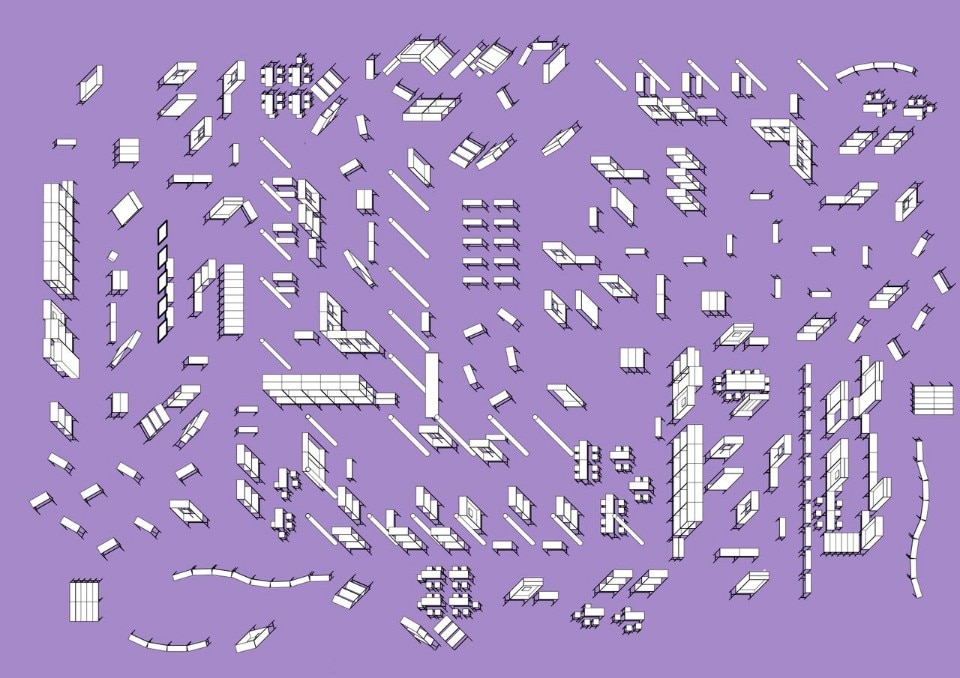
Aslı Çiçek and Lukas Wegwerth, 4th Istanbul Design Biennial exhibition design
Technical drawings and renderings

Aslı Çiçek and Lukas Wegwerth, 4th Istanbul Design Biennial exhibition design
Technical drawings and renderings

Aslı Çiçek and Lukas Wegwerth, 4th Istanbul Design Biennial exhibition design
Technical drawings and renderings

Aslı Çiçek and Lukas Wegwerth, 4th Istanbul Design Biennial exhibition design
Technical drawings and renderings

Aslı Çiçek and Lukas Wegwerth, 4th Istanbul Design Biennial exhibition design
Technical drawings and renderings

Aslı Çiçek and Lukas Wegwerth, 4th Istanbul Design Biennial exhibition design
Technical drawings and renderings

Aslı Çiçek and Lukas Wegwerth, 4th Istanbul Design Biennial exhibition design
Technical drawings and renderings

Aslı Çiçek and Lukas Wegwerth, 4th Istanbul Design Biennial exhibition design
Technical drawings and renderings

Aslı Çiçek and Lukas Wegwerth, 4th Istanbul Design Biennial exhibition design
Technical drawings and renderings

Aslı Çiçek and Lukas Wegwerth, 4th Istanbul Design Biennial exhibition design
Technical drawings and renderings

Aslı Çiçek and Lukas Wegwerth, 4th Istanbul Design Biennial exhibition design
Technical drawings and renderings

Aslı Çiçek and Lukas Wegwerth, 4th Istanbul Design Biennial exhibition design
Technical drawings and renderings

Aslı Çiçek and Lukas Wegwerth, 4th Istanbul Design Biennial exhibition design
Technical drawings and renderings

Aslı Çiçek and Lukas Wegwerth, 4th Istanbul Design Biennial exhibition design
Technical drawings and renderings

Aslı Çiçek and Lukas Wegwerth, 4th Istanbul Design Biennial exhibition design
Technical drawings and renderings

Aslı Çiçek and Lukas Wegwerth, 4th Istanbul Design Biennial exhibition design
Technical drawings and renderings

Aslı Çiçek and Lukas Wegwerth, 4th Istanbul Design Biennial exhibition design
Technical drawings and renderings

Aslı Çiçek and Lukas Wegwerth, 4th Istanbul Design Biennial exhibition design
Technical drawings and renderings

Aslı Çiçek and Lukas Wegwerth, 4th Istanbul Design Biennial exhibition design
Technical drawings and renderings

Aslı Çiçek and Lukas Wegwerth, 4th Istanbul Design Biennial exhibition design
Technical drawings and renderings

Aslı Çiçek and Lukas Wegwerth, 4th Istanbul Design Biennial exhibition design
Technical drawings and renderings

Aslı Çiçek and Lukas Wegwerth, 4th Istanbul Design Biennial exhibition design
Technical drawings and renderings

Aslı Çiçek and Lukas Wegwerth, 4th Istanbul Design Biennial exhibition design
Technical drawings and renderings
Can Kocak: How did you get involved in the process of A School of Schools?
Asli Çiçek: I live and work in Brussels. Around 20 years ago, after I graduated from high school, I left Istanbul. I studied at the Academy of Fine Arts Munich. Then I worked in architectural firms for a long time. Commissioned by Europalia Turkey Festival I made my first solo exhibition designs in BOZAR, Brussels, three years ago. They were two separate exhibitions, one was “Anatolia”, which looked at the history of Turkey through artefacts, and the other was “Imagine Istanbul”, which included works by Ara Güler, Ali Taptık and Ahmet Polat. So I stepped into that side of architectural design, and was lucky to realise one exhibition design project after another. I guess [4th Istanbul Design Biennial’s curator] Jan Boelen was following that process. I believe he invited me because I was born and raised in Istanbul, and was working on exhibition architecture in Brussels.
The exhibition design of the Istanbul Design Biennial is different for me. Normally I design every showcase, every element we show myself, based on the content. For this design biennial I’m collaborating with Lukas Wegwerth and his III+1 structures. It will therefore be the first time I work with someone else’s structure. We are developing it together and spread it through the six venues.
The advantage of III+1 as a modular system is its perpetual development. By simply adding or subtracting to the structure one could change the overall look or configuration of a current and also upcoming exhibitions.
Vera Sacchetti: Can you tell us more about the III+1 system and its use in exhibition displays?
Lukas Wegwerth: Our system has been previously used to furnish exhibitions from Salone del Mobile to Design Miami/Art Basel and showcase for example the work of artists, publishers as well as to offer temporary places for comfort or talks. Because of its modularity and potential to build in any scale – from a stool up to a house and everything in between – we were asked by Jan Boelen to cooperate with Asli Çiçek to give the six venues a common identity and variety at the same time. The advantage of III+1 as a modular system is its perpetual development. By simply adding or subtracting to the structure one could change the overall look or configuration of a current and also upcoming exhibitions.
CK: What is the current status of 4th Istanbul Design Biennial’s exhibition design?
LW: We are now in the hot phase of finalizing the designs of all different elements used, especially the details. Those are tables, stools and shelves and potentially some special elements. As we are getting more requests for exhibition design, the challenge is always to find an identity for each one of them. They might be built with the same elements, connectors and tubes, but it becomes interesting when we play around with different tube sizes, finishes and ways of construction. An example for those constrains could be to build with the least elements possible, very particular or with a limited amount of elements based on a matrix etc. Additionally, each exhibition we are working on goes along with special requests that sometimes ask for engineering new connections. Another challenge is usually the local production. This time, the system will be produced by someone else, independently, in Turkey. By including local producers each time there are slight variations in the coating due to different standards, scale of the company and many other factors.
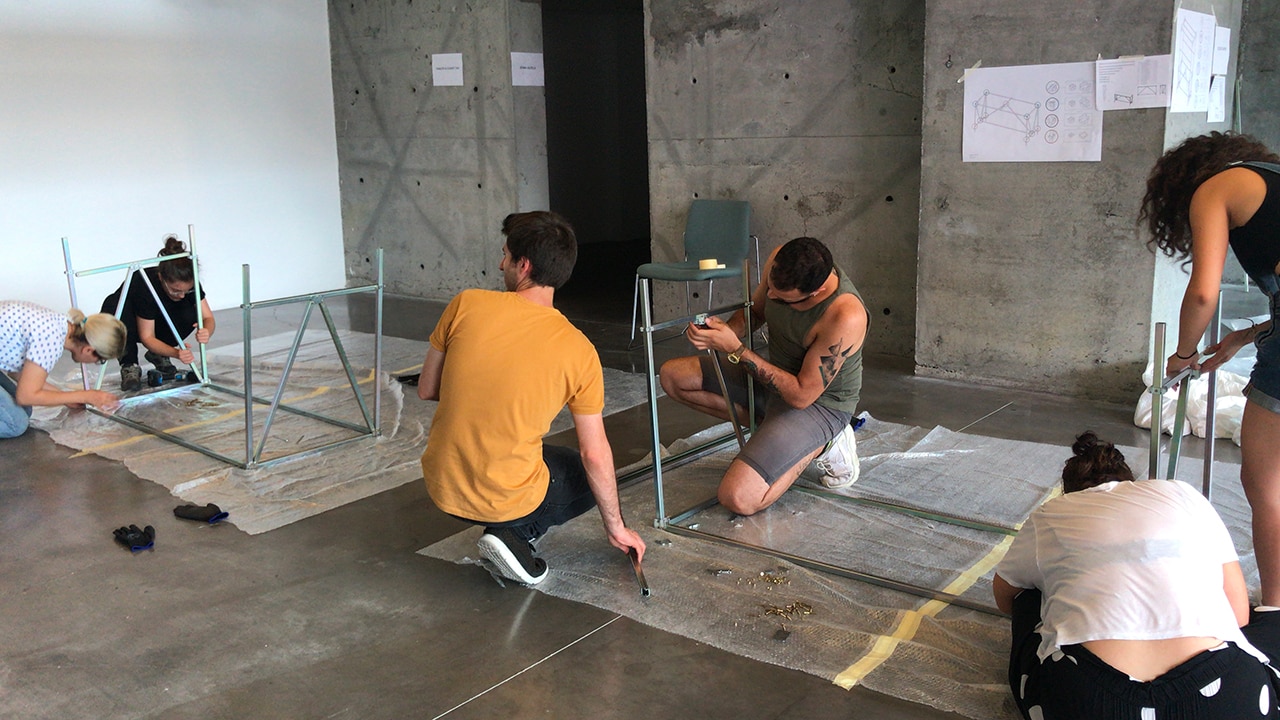
 View gallery
View gallery
CK: What is your plan after the biennial? Do you foresee the approach you are proposing to become a model for exhibition design in the long run?
AC: The application we do within the scope of the biennial can be applied as a model for different exhibitions to be designed in the future. It is interesting to use an existing structure in order to materialise the very diverse content of an exhibition and tell a coherent story nonetheless. This way of working might avoid the danger of becoming anecdotic during the translation of such matter into architectural space. It can even be quite successful, as the system has been already used in other contexts. So here we have a trial as such. I do not know how much of a method it can be for exhibition design, but our current working system envisages this option.
VS: What are the next steps for the III+1 system?
LW: We are really happy about the very different implementations happening just now. For the future we would love to see more people coming with their own ideas and approaches for building with or adding to the system. Since it offers countless possibilities to explore we would love to develop it further in these changing and widespread collaborations. Through these parallel happening developments and the exchange of ideas from project to project people can really learn together. And of course we learn a lot from them, too. Bending tubes, different coatings, proportions... this will all contribute to the system that we see now and will shape it further. We are very happy to see the system changing and improving over time and that it is becoming a connecting element in totally different contexts.


